Browse "Agriculture"
-
Article
Flax
Flax (Linum usitatissimum), annual plant belonging to the family of the same name (Linaceae). Flax is sown and harvested much like a spring cereal crop and matures at the same time as wheat.
"https://development.thecanadianencyclopedia.ca/images/tce_placeholder.jpg?v=e9dca980c9bdb3aa11e832e7ea94f5d9" // resources/views/front/categories/view.blade.php
https://development.thecanadianencyclopedia.ca/images/tce_placeholder.jpg?v=e9dca980c9bdb3aa11e832e7ea94f5d9
-
Article
Forage Crops
Forage refers to plants consumed by animals, particularly livestock. Forage may be preserved by drying the plants to produce hay, it may be fermented to produce silage, and dried material is also compressed to produce compacted hay, pellets, and cubes .
"https://d2ttikhf7xbzbs.cloudfront.net/media/Twitter_Cards/Saskatchewan storm.jpg" // resources/views/front/categories/view.blade.php
https://d2ttikhf7xbzbs.cloudfront.net/media/Twitter_Cards/Saskatchewan storm.jpg
-
Article
Fruit and Vegetable Industry
This important sector of Canada's FOOD AND BEVERAGE INDUSTRIES is made up of companies that process fruits and VEGETABLES.
"https://d2ttikhf7xbzbs.cloudfront.net/media/media/c5d66760-a348-43b1-af55-7b9263c442cb.jpg" // resources/views/front/categories/view.blade.php
https://d2ttikhf7xbzbs.cloudfront.net/media/media/c5d66760-a348-43b1-af55-7b9263c442cb.jpg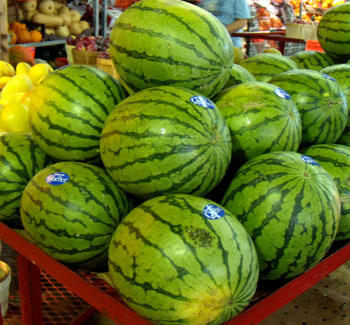
-
Article
Fruit Cultivation
Fruit growing is an important part of Canada’s food industry. Growing is usually restricted to areas where winter temperatures do not go much below -20°C.
"https://d2ttikhf7xbzbs.cloudfront.net/media/media/a2ab80b2-d4e9-4e51-aef5-dd1615e358f8.JPG" // resources/views/front/categories/view.blade.php
https://d2ttikhf7xbzbs.cloudfront.net/media/media/a2ab80b2-d4e9-4e51-aef5-dd1615e358f8.JPG -
Article
Ginseng
Ginseng is a herbaceous perennial plant of genus Panax, ginseng family (Araliaceae), discovered in North America by Joseph-François Lafitau.
"https://development.thecanadianencyclopedia.ca/images/tce_placeholder.jpg?v=e9dca980c9bdb3aa11e832e7ea94f5d9" // resources/views/front/categories/view.blade.php
https://development.thecanadianencyclopedia.ca/images/tce_placeholder.jpg?v=e9dca980c9bdb3aa11e832e7ea94f5d9
-
"https://d2ttikhf7xbzbs.cloudfront.net/media/media/5e713bf8-620f-427b-913e-8ba7d6eba19b.jpg" // resources/views/front/categories/view.blade.php
https://d2ttikhf7xbzbs.cloudfront.net/media/media/5e713bf8-620f-427b-913e-8ba7d6eba19b.jpg
-
Article
Grasses
Emergence of GrasslandsGrasslands began to appear about 25 million years ago, changing the face of much of the world and providing food for grazing animals. Grasses and grazers evolved together. Grasses benefit because grazers control the growth of competing species and provide fertilizers.
"https://d2ttikhf7xbzbs.cloudfront.net/media/media/64128275-0625-4ef5-8669-b94e659285cb.jpg" // resources/views/front/categories/view.blade.php
https://d2ttikhf7xbzbs.cloudfront.net/media/media/64128275-0625-4ef5-8669-b94e659285cb.jpg
-
Article
Green Bean
There are at least six classes of green bean (Phaseolus vulgaris), and many cultivars (commercial varieties) are available within each class. Common types include the "snap" bean (green or wax) and kidney beans.
"https://d2ttikhf7xbzbs.cloudfront.net/media/media/3d0ac89b-9118-4b98-b4e5-064ff794bf9b.jpg" // resources/views/front/categories/view.blade.php
https://d2ttikhf7xbzbs.cloudfront.net/media/media/3d0ac89b-9118-4b98-b4e5-064ff794bf9b.jpg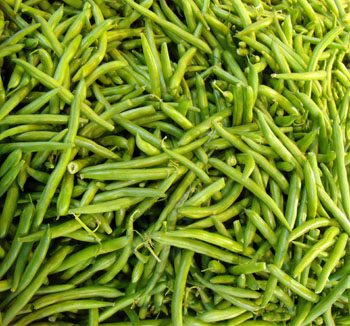
-
Article
Groundwater
Groundwater interacts with lakes and rivers as part of the hydrologic cycle. The cycle begins with the formation of clouds through evaporation from the ocean, lakes, rivers, plants and soil.
"https://d2ttikhf7xbzbs.cloudfront.net/media/media/1aa8fafc-a0a0-48c9-86a8-6e588b13ecfe.jpg" // resources/views/front/categories/view.blade.php
https://d2ttikhf7xbzbs.cloudfront.net/media/media/1aa8fafc-a0a0-48c9-86a8-6e588b13ecfe.jpg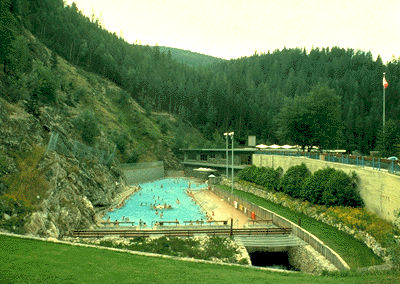
-
Article
Herbs
Herbs and spices differ largely by usage. Spices are normally more aromatic than herbs, and are often of tropical origin. They may consist of seeds, bark, flower buds, fruits, etc. Herbs are usually leafy and locally grown, and their use extends far back into history.
"https://d2ttikhf7xbzbs.cloudfront.net/media/media/7d61da90-15cd-45d3-9a94-3dca721463a5.jpg" // resources/views/front/categories/view.blade.php
https://d2ttikhf7xbzbs.cloudfront.net/media/media/7d61da90-15cd-45d3-9a94-3dca721463a5.jpg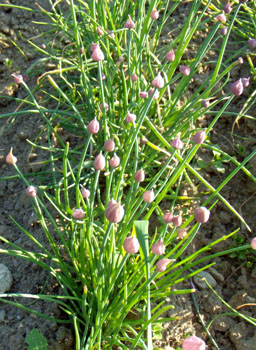
-
Article
History of Agriculture to the Second World War
Canadian agriculture has experienced a markedly distinct evolution in each region of the country. A varied climate and geography have been largely responsible, but, in addition, each region was settled at a different period in Canada's economic and political development. The principal unifying factor has been the role of government: from the colonial era to present, agriculture has been largely state-directed and subordinate to other interests.
"https://d2ttikhf7xbzbs.cloudfront.net/media/media/e1c671ab-3dcf-459c-b108-0bc6e4a86b99.jpg" // resources/views/front/categories/view.blade.php
https://d2ttikhf7xbzbs.cloudfront.net/media/media/e1c671ab-3dcf-459c-b108-0bc6e4a86b99.jpg
-
Article
Kale
Kale (Brassica oleracea, Acephala Group), cole crop (like cabbage, cauliflower, etc), belonging to the Cruciferae family.
"https://d2ttikhf7xbzbs.cloudfront.net/media/media/97699743-eed8-4d0a-8a03-2c0ed68541b1.jpg" // resources/views/front/categories/view.blade.php
https://d2ttikhf7xbzbs.cloudfront.net/media/media/97699743-eed8-4d0a-8a03-2c0ed68541b1.jpg
-
Article
Kohlrabi
Kohlrabi (Brassica oleracea, Gongylodes Group), sometimes called stem turnip or cabbage turnip, an important Canadian garden vegetable of the Cruciferae family.
"https://d2ttikhf7xbzbs.cloudfront.net/media/media/ef29012b-714b-4166-b09e-7a34416efcd3.jpg" // resources/views/front/categories/view.blade.php
https://d2ttikhf7xbzbs.cloudfront.net/media/media/ef29012b-714b-4166-b09e-7a34416efcd3.jpg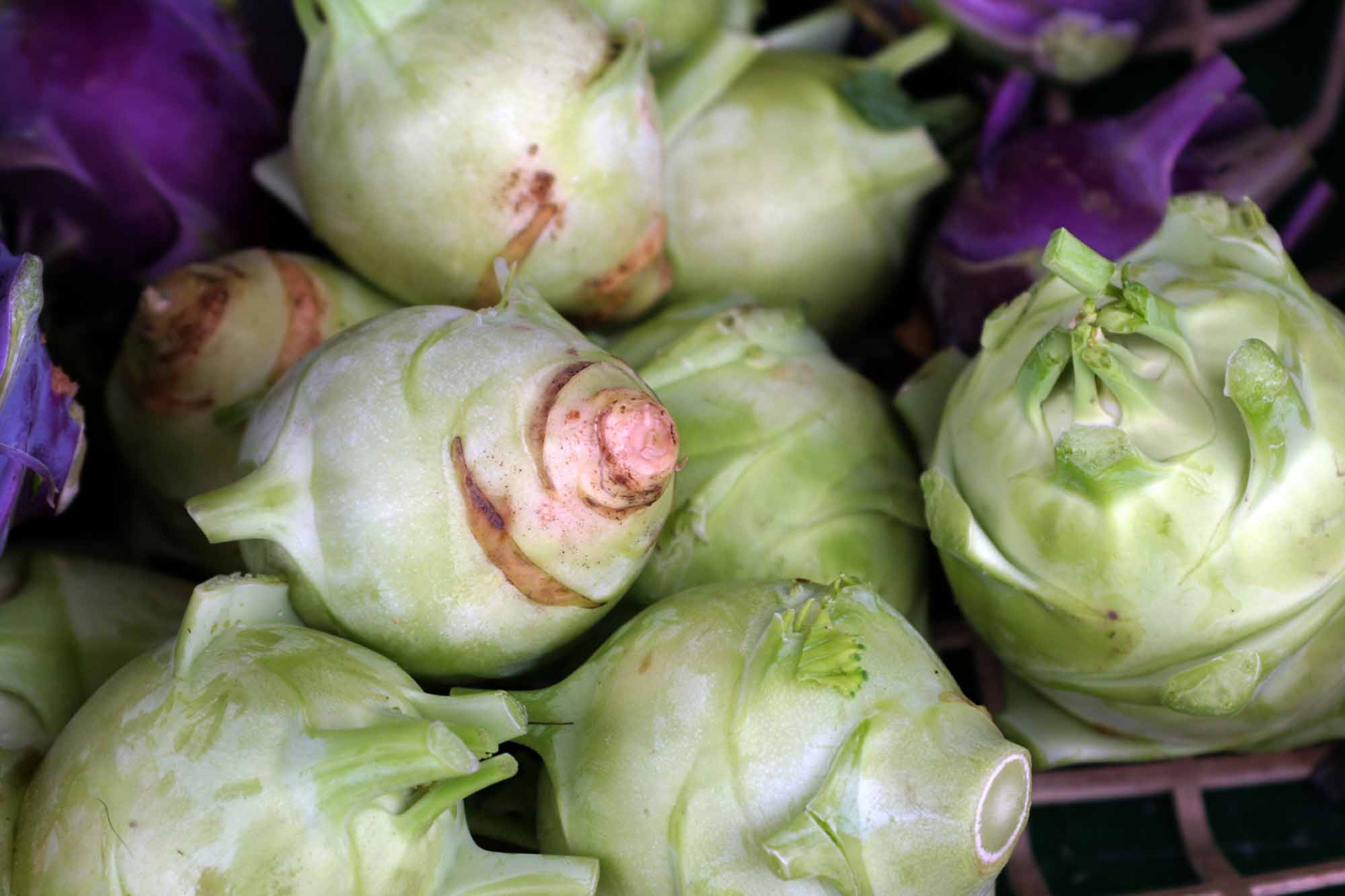
-
Article
Legume
Leguminosae, or Fabaceae, is the third-largest family of flowering plants, containing up to 650 genera and 18,000 species. Over 4,000 species are native to North America, most of which are members of the bean subfamily. They occur as scattered, secondary components of native vegetation. Over 2,000 species of milk vetch (genus Astragalus) alone occur worldwide, more than 40 in Canada. Other common native legumes are lupines (Lupinus), vetches (Vicia), locoweed (Oxytropis) and vetchling (Lathyrus). Most legumes, in association with strains of the bacterium Rhizobium,"fix" part of their nitrogen requirement and improve soils as green manure. Legumes are also a staple in the diets of both animals and humans.
"https://d2ttikhf7xbzbs.cloudfront.net/legume/alfalfa.jpg" // resources/views/front/categories/view.blade.php
https://d2ttikhf7xbzbs.cloudfront.net/legume/alfalfa.jpg
-
Article
Lentil
Lentil is a small leguminous seed belonging to the Lens culinaris species and the legume (Fabaceae) family.
"https://d2ttikhf7xbzbs.cloudfront.net/media/media/3eeb9a30-f9b1-4e9a-afc1-c608c430b9cc.jpg" // resources/views/front/categories/view.blade.php
https://d2ttikhf7xbzbs.cloudfront.net/media/media/3eeb9a30-f9b1-4e9a-afc1-c608c430b9cc.jpg

